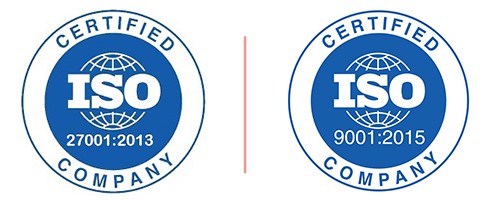- +81-5050505761
- [email protected]
The global acrylonitrile market size was US$ 13.5 billion in 2021. The global acrylonitrile market size is forecast to reach US$ 23.21 billion by 2030, growing at a compound annual growth rate (CAGR) of 7% during the forecast period from 2022 to 2030.
Acrylonitrile is an odorless, colorless liquid that contains volatile organic compounds. The acrylonitrile molecule consists of a vinyl group attached to a nitrile group. In an ammoxidation process, propylene, ammonia, and air are heated to high temperatures and react with a catalyst to form Acrylonitrile. Acrylonitrile is a chemical intermediate used in the production of a wide range of chemicals, including acrylonitrile butadiene styrene, acrylic fibers, acrylamide, nitrile rubber, adiponitrile, carbon fibers, and others. Its chemical stability, thermal stability, high mechanical strength, and durability make acrylonitrile and its compounds ideal for use in the automotive and construction industries. The textile and packaging industries also use acrylic fibers extensively.
Factors Influencing Market Growth
Among the factors driving the acrylonitrile market is its extensive use in the construction industry for manufacturing headliners, interior grilles, center consoles, etc. A rapidly expanding construction industry has driven demand for acrylonitrile.
Increasing the use of polyacrylonitrile and other plastics during the production of automobiles reduces weight and improves efficiency, which is a major factor driving market growth during the forecast period.
Factors like fluctuating raw material prices, acrylonitrile's environmental impact, flammability, and compound toxicity may slow down the global market growth.
Impact Analysis of COVID-19
Regional Insight
The Asia Pacific dominated the acrylonitrile market in 2021. The main importers of acrylonitrile in the region are China, India, and Korea. In addition, China is the world's largest chemical producer. Moreover, the region's developing economies have experienced rapid expansions in the automotive and construction industries.
North America is also forecast to witness lucrative growth in the coming years. This is due to the increased demand for lightweight materials in the transportation sector.
Leading Competitors
The leading prominent companies profiled in the global acrylonitrile market are:
Scope of the Report
The global acrylonitrile market segmentation focuses on Application, Industry Vertical, and Region.
Segmentation based on Application
Segmentation based on Industry Vertical
Segmentation based on Region
01
お客様のニーズに合わせてレポートをカスタマイズ可能
02
ベテランの市場調査員による専門的な分析
03
安全で簡単に利用できるオンライン決済方法
04
お客様のご要望に応じて、特定の章を購入することができます。
05
すべてのレポートに専門的な日本語翻訳を提供
06
包括的でわかりやすいレポートを迅速にお届けします。
07
購入後も継続的なサポートとアップデートが受けられます。

We Accept

Copyright ©2022 All rights reserved